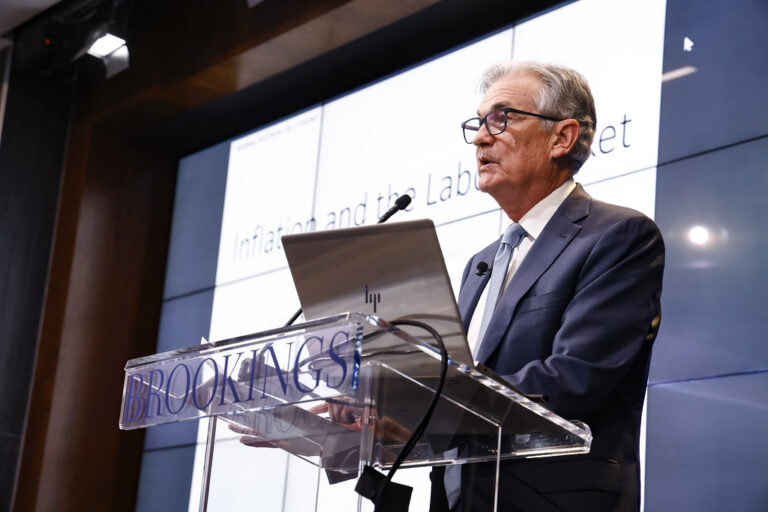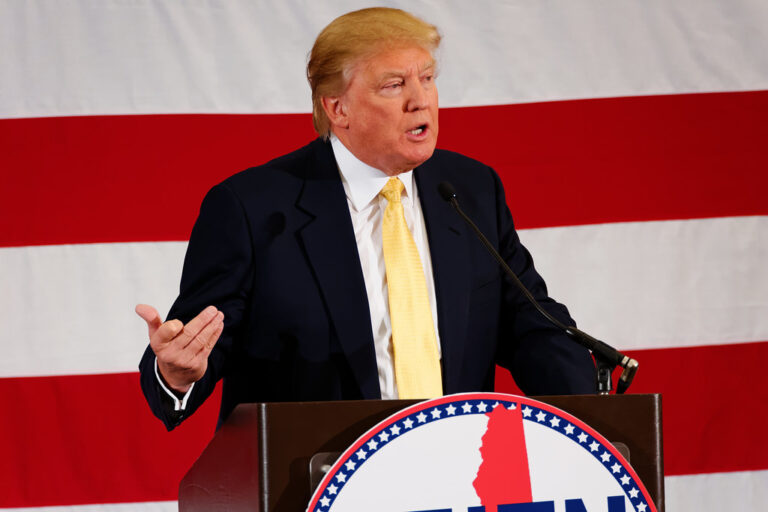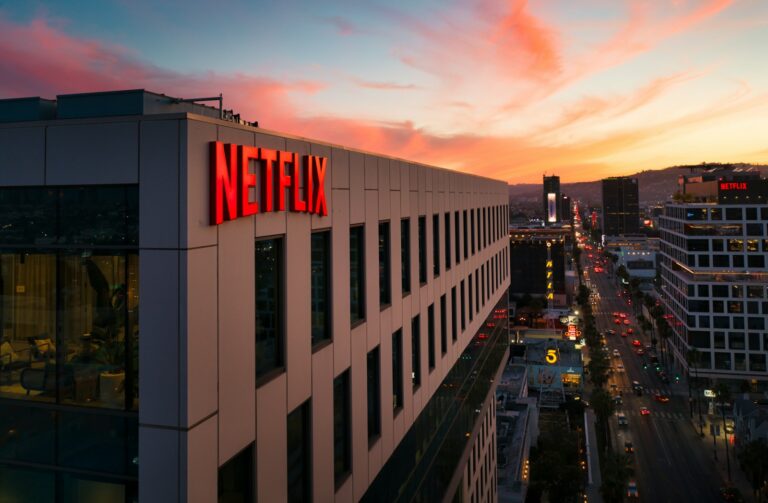Key Takeaways:
• GM will record a $1.6 billion loss next quarter because of new EV incentives cuts.
• The U.S. eased emissions rules, adding to GM’s negative impact.
• Reduced electric vehicle incentives may slow GM’s EV rollout.
• Customers and suppliers could feel ripple effects from this change.
GM Faces a Big Loss After EV Incentives Change
General Motors announced it will book a $1.6 billion negative impact next quarter. This hit comes after the U.S. slashed EV incentives and relaxed emissions standards. GM said the changes will affect tax credits it expected to earn. As a result, GM’s finances will look weaker in its next earnings report. Meanwhile, GM still plans to push forward with electric vehicle projects. However, the company must now adjust budgets and forecasts. In this story, we explore what happened, why it matters, and what’s next for GM and its customers.
How the EV Incentives Change Hurts GM
Last month, the U.S. government cut the amount customers can claim for electric cars. These EV incentives once offered up to $7,500 per vehicle. Now, many buyers will qualify for less or none at all. For GM, that means fewer people might buy its electric trucks and SUVs. Therefore, GM must lower its forecast for EV sales. Moreover, GM had counted on those tax credits to boost revenue. With that boost reduced, GM must absorb the shortfall itself. In turn, shareholders may see weaker results in the coming reports.
The Details Behind the Loss
GM’s $1.6 billion hit breaks down into a few key parts:
• Reduced tax credits for customers buying electric models
• Lower resale values for some electric cars
• Costs tied to meeting old emissions targets
First, the new rules limit which vehicles qualify for full credits. Many GM models now fall outside the income or sourcing rules. Consequently, GM loses future sales incentives. Second, with fewer buyers able to claim full credits, the resale value of used EVs may drop. GM offers leasing and certified pre-owned programs. A weaker resale market could widen GM’s warranty and residual cost estimates. Finally, GM had set aside funds to meet stricter emissions rules. Now that those rules are relaxed, GM will adjust its calculations. Even though less strict standards may reduce compliance costs, the shift still causes accounting changes.
Impact on GM’s Electric Plans
GM has long aimed to lead the electric vehicle market. It pledged to offer 30 electric models by 2025. It also invested billions in battery plants and new factories. However, lower EV incentives make some models less affordable. For example, the popular electric Silverado and Blazer may see slower demand. Lower demand could force GM to slow production or cut shifts. Moreover, suppliers of battery cells and modules face uncertainty. They might delay expansions or raise prices to cover risk. GM may need to renegotiate contracts or find new partners.
Even so, GM remains committed to electric vehicles. The company points to strong interest from fleet buyers and international markets. It believes long-term demand will outweigh short-term incentive cuts. Therefore, GM will continue investing in its Ultium battery platform and software. Still, the company must manage cash carefully and adjust its rollout plans.
What This Means for Car Buyers
Many consumers now wonder if they should wait to buy an electric vehicle. Without full EV incentives, some models cost several thousand dollars more. However, rebates from states, utilities, and local programs still exist. Buyers can combine these with federal credits if they qualify. In addition, automakers may offer their own discounts or financing deals. Therefore, it pays to shop around and compare total costs.
Potential EV buyers should also consider long-term savings. Electric vehicles often cost less to maintain and fuel. Charging at home or work can be cheaper than buying gas. Moreover, some areas offer free or discounted charging for a period. However, if monthly payments rise, the overall deal may feel less attractive. Thus, buyers should run the numbers on purchase price, incentives, and running costs.
What Comes Next for GM
GM must navigate this financial hit and keep its electric plans on track. The company already announced cost cuts and efficiency programs. It will likely tweak production schedules and capital spending. In addition, GM may push for new incentives at the state or local level. Automakers sometimes lobby for factory or battery plant credits. These incentives can offset lost federal tax credits for buyers or suppliers.
GM also plans to boost marketing for its remaining fully eligible models. It may offer test-drive events, charging promotions, or loyalty bonuses. Meanwhile, GM will keep an eye on policy changes. Future administrations might restore or expand federal EV incentives. GM hopes to influence those decisions by highlighting green jobs and investment.
Broader Effects on the Auto Industry
GM is the first major automaker to spell out a huge loss from incentive cuts. However, others may feel the pain soon. Ford, Stellantis, and new EV startups also rely on federal tax credits. When these credits shrink, they all face weaker demand. That could slow the entire EV transition in the U.S. Auto suppliers and raw material companies could see lower orders. Battery makers might delay new gigafactories. That, in turn, could tighten supply and raise prices.
On the other hand, some companies might benefit. Luxury brands and high-end EV makers often sell above the credit cap anyway. They might use the distraction to pick up market share. Furthermore, automakers with strong global sales can shift focus to markets with better incentives. In China and Europe, governments still heavily support EV purchases.
In the end, the shift in U.S. policy may change who leads the electric race. Automakers that adapt quickly to the new reality will have an edge.
Why Policy Stability Matters
Frequent changes in EV incentives create uncertainty. Automakers plan investments years ahead. They build factories, lines, and partnerships around expected demand. When incentives vanish, factories risk running below capacity. Workers face layoffs. Communities lose tax revenue. Therefore, stable and predictable policies help both business and consumers. Clear rules let automakers design prices and features with confidence. Consumers can plan purchases without fear of sudden cost hikes. Policymakers, automakers, and advocates all urge a balanced, long-term approach.
Looking Ahead
For now, GM must report its $1.6 billion hit in the next quarter. Investors will watch closely for details on cost cuts and revised forecasts. Car buyers will decide whether to wait on an EV purchase or lock in current deals. The wider auto industry will adapt its strategies to the new incentive landscape. In the longer term, technology advances and market trends will still push toward electric mobility. Yet the path forward may be bumpier than once expected.
Electric vehicle incentives played a big role in driving EV growth. With them reduced, the industry must find new ways to win buyers. Whether through lower battery costs, better charging, or new policy support, the shift to electric remains both a challenge and an opportunity.
Frequently Asked Questions
What caused GM’s $1.6 billion hit?
GM’s hit stems from reduced federal credits on its electric models and relaxed emissions rules. The company must adjust its forecast to reflect lower tax incentives.
How do EV incentives affect car prices?
EV incentives cut the upfront cost of buying an electric vehicle. When they drop, buyers pay more out of pocket, which can slow sales.
Will GM slow its EV plans?
GM remains committed to electric cars but may adjust timelines. It could shift production schedules and renegotiate supplier deals to manage costs.
Can buyers still get savings on EVs?
Yes. State, local, and utility rebates still exist. Automakers also offer discounts. Shoppers should compare all deals to find the best price.










